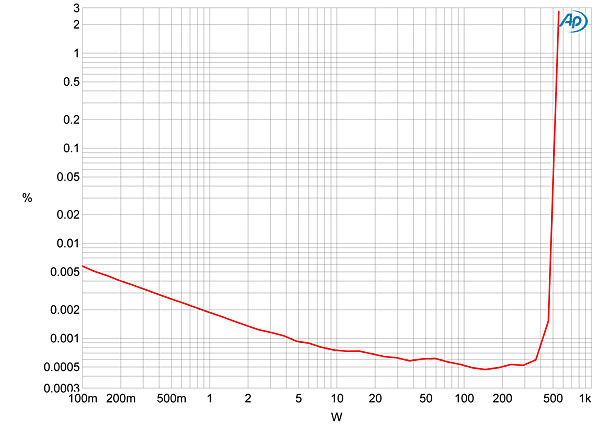| Columns Retired Columns & Blogs |
The size and build quality of this amplifier must be seen to be appreciated. The meticulous attention to detail will give one insight into the time and effort that goes into building world class amplification.
I heard (or more appropriately experienced) this amplifier at CES when it was driving the MBL 101 Extreme. This amplifier is one of the most transparent-to-the-source and dynamically potent components that I have heard.
Used with the appropriate sources, speaker cables and interconnects - one should prepare for a great amount of listening enjoyment from the effortless quality of the MBL 9011.















































